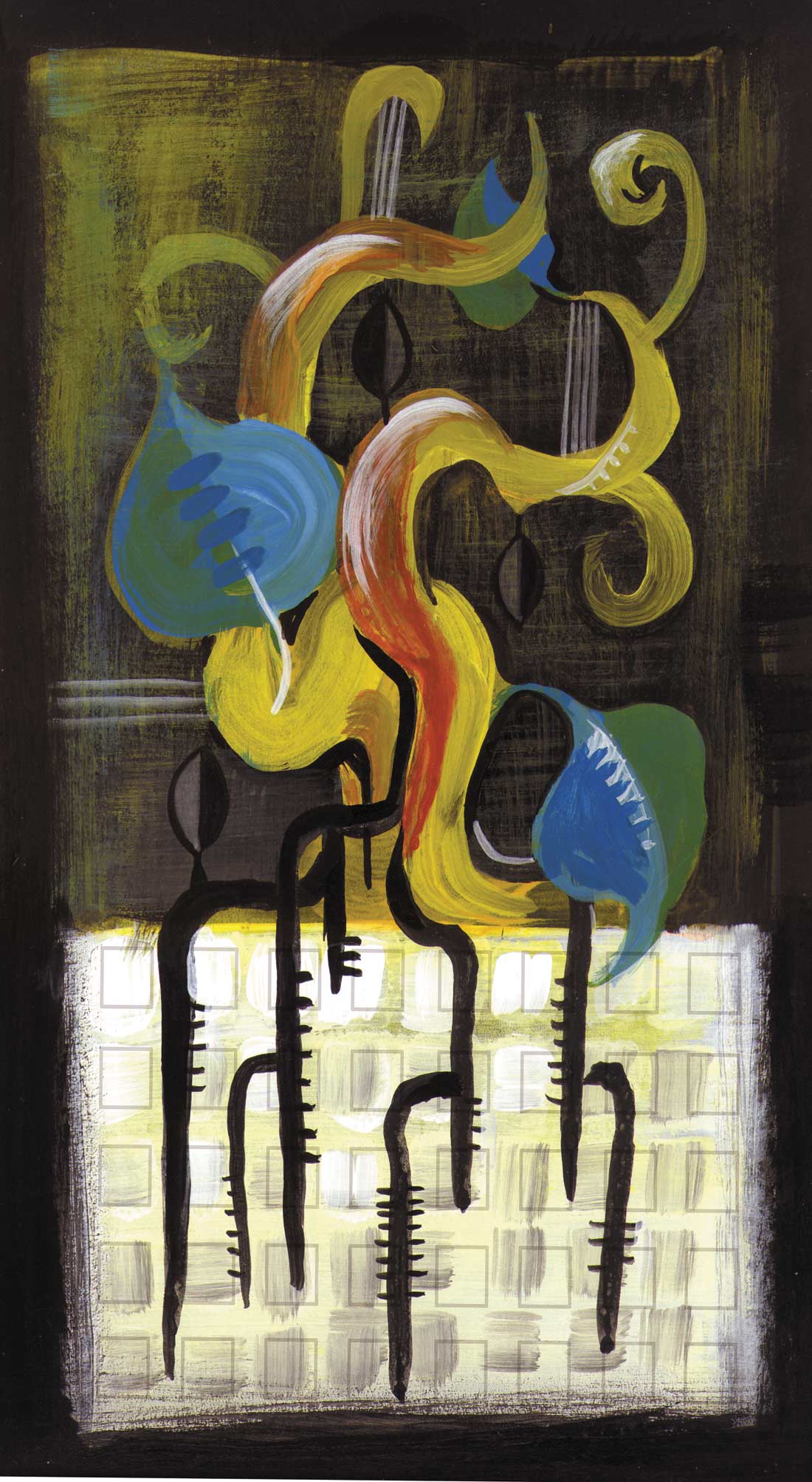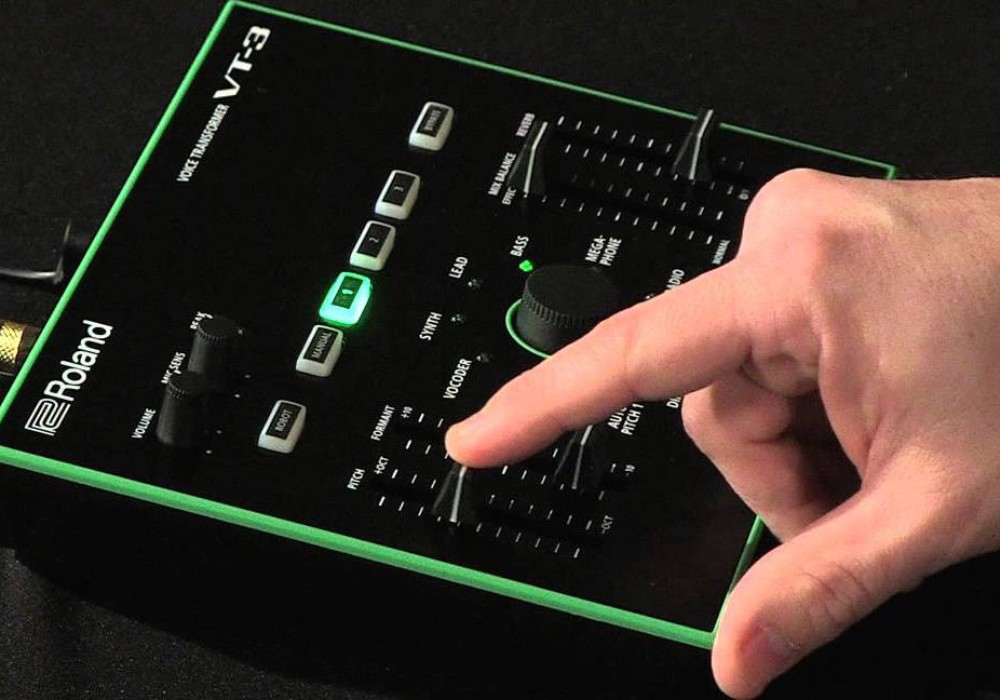I've been curious about PreSonus products for a while, as PreSonus make a nice selection of lower-cost yet well- designed audio gear that is built in the U.S. The Eureka is a single-rackspace channel strip, with an optional 192 kHz/24-bit digital output. The first thing that struck me about this unit was the number of features one might not expect within its pricepoint. Variable input impedance allows you to select between five different values, though I usually found 1.5 kOhms to be best. +22 dBu of headroom meant I never heard a snare mic crap out the preamp, even without engaging the 20 dB pad. The compressor has a soft knee option, plus a variable hi-pass filter (10 Hz to 10 kHz) built into the sidechain for frequency dependent compression. The three-band parametric EQ has variable Q (width) on each band! You can even select if the EQ is pre or post compression and whether the old-style VU meter is showing output level or gain reduction. But is this box good at what it does? I think t's very good. The mic preamp, which has an input transformer, provides 55 dB of gain. I never thought the sound of the preamp was compromising any of the sources I recorded. The lows and highs were solid, reminding me of my Allen & Heath Saber console's preamp. There's a "saturation" nob on the pre section that is supposed to add harmonics and warmth to the signal, but I was unable to detect much besides a slight muddying at 100% when using it. Since the unit has a line input on the rear (which bypasses the preamp section) I was also able to use the compressor and EQ on inserts while mixing as well as tracking. The compressor is excellent, reminding me of the functionality of a dbx unit. It was able to gently reign in a lead vocal track or flatten out an electric bass. On percussion it was good, but to my ear the attack wasn't extremely fast. I used it on several mixes for vocals, drums and bass. It worked very well, and I enjoyed the complete array of controls. The EQ has 10 dB of cut or gain on each band, plus the bands all overlap to a degree. The sound of the EQ was far better and more functional than the sound of a low-cost console's EQ, and the variable Q helped dial sounds in. The Eureka is an amazing deal. A transformer- coupled mic preamp, fully functional EQ and compression, many features not found on any equipment in its price range, optional digital outputs, and a low price should make this a great tool for many studios. You will not find as many features on a channel strip of this quality for this price anywhere else. -LC
Hotrodding the PreSonus Mic Pres:
Last year Larry and I are were able to tour Presonus' manufacturing facility in Baton Rouge, LA. While speaking with Jim Odum of Presonus, one of the things he mentioned that struck me as kinda' cool was that, they socket (as opposed to soldering direct to the PCB) their main op-amp chips on their Eureka, M-80, VXP and MP20 mic pres. While this makes servicing easier, it also makes it easer for the owner to modify the gear themselves, which was Jim's intention. This is extra cool with the 8-channel M-80 as you could set up different pairs of channels with different sounding chips if you wanted to. WARNING: This will void your warranty, so go no further unless you know what you're doing and are willing to accept the responsibility for your own actions. Any lawyer or tech would tell you that you could even kill yourself if you're careless enough, so go forth at your own risk.
The standard chip in the Presonus pres is the Texas Instruments NE5534AP. It's basically an industry-standard component. Ultra-low noise and distortion, fast response and full range. It's kinda the standard flat reference by which to judge the alternative chips by. A popular alternative is the Analog Devices chip, the AD-797. Some folks say they get more 'clarity' or 'realism' out of this chip, but that, of course, is subjective. There are two Burr Brown options, one of which is transistor-based, and one of which is FET-based. The most compatible chip is the BB-OPA604. Other folks claim this chip has a bit heftier bass response but a slightly noticable increase in background white noise. The other Burr Brown optionistheBB-OPA134. Thischipisabitfurtherofffrom what the drop-in replacement should be but is still compatible. According to the BB website, both the noise floor and distortion level of this chip is phenomenally low (.00008% vs. the .0003% THD on the 603!).
Thanks to Chad Kelly and Brad Zell at Presonus for helping with this info. Remember, make sure you know what you're doing before you open up your gear and if you screw it up, you promise not to blame anyone but yourself. Here's some links to the chip manufacturers sites:
(focus.ti.com, www.analog.com) -John Baccigaluppi





_disp_horizontal_bw.jpg)